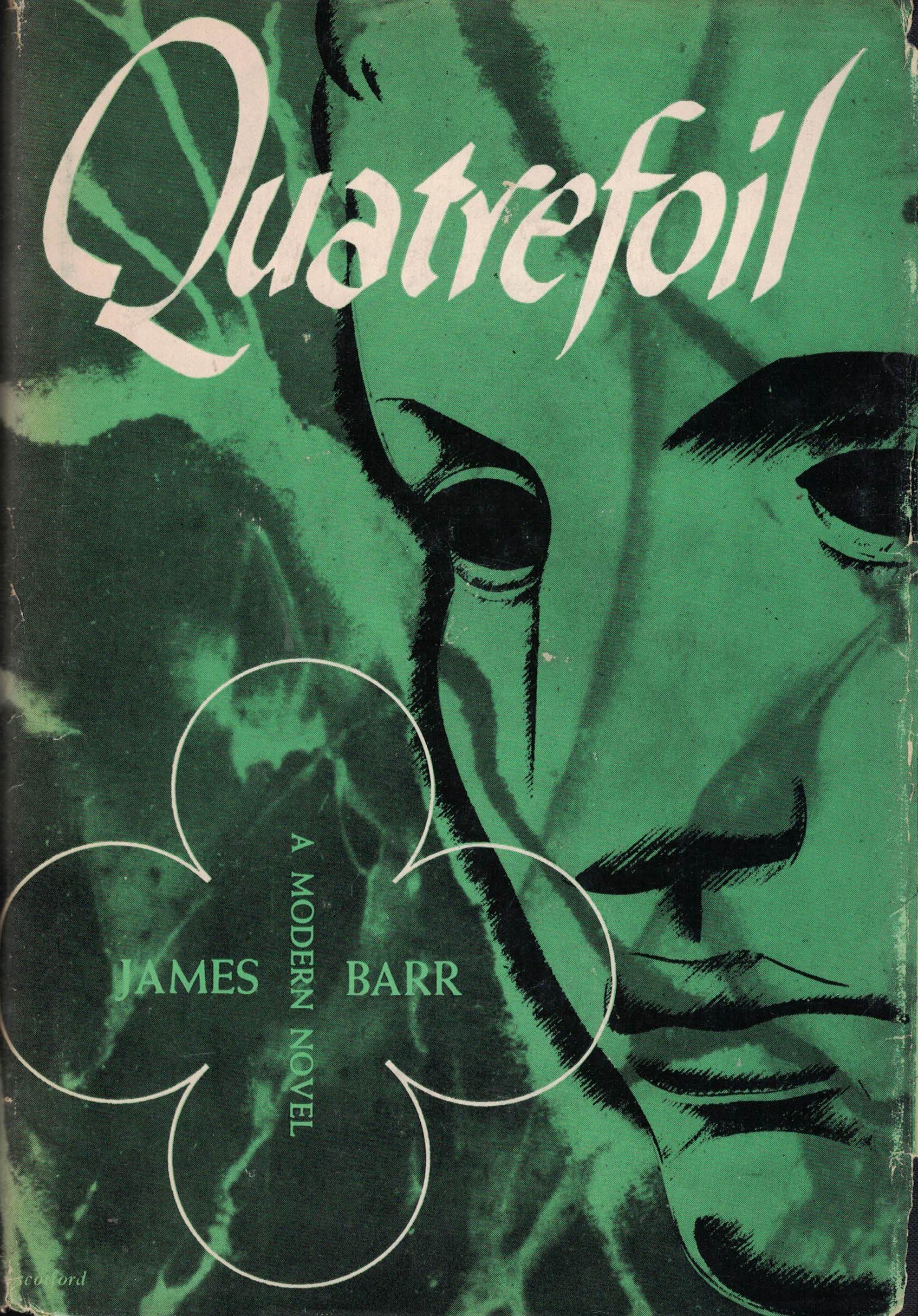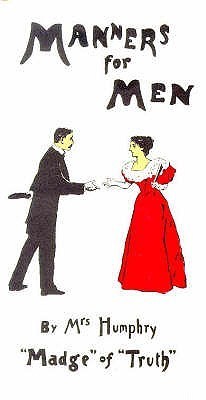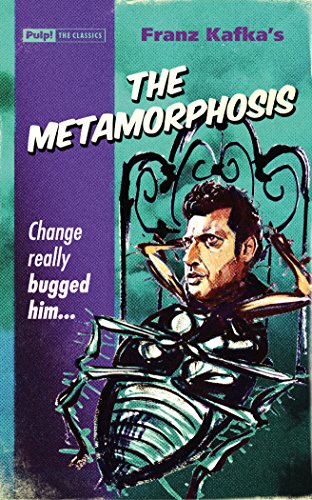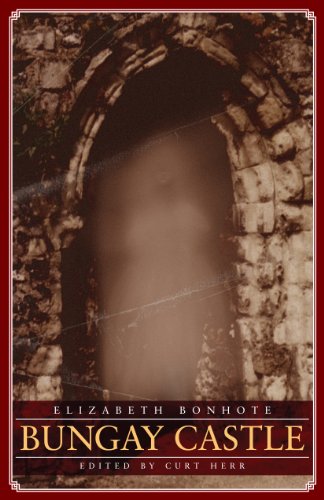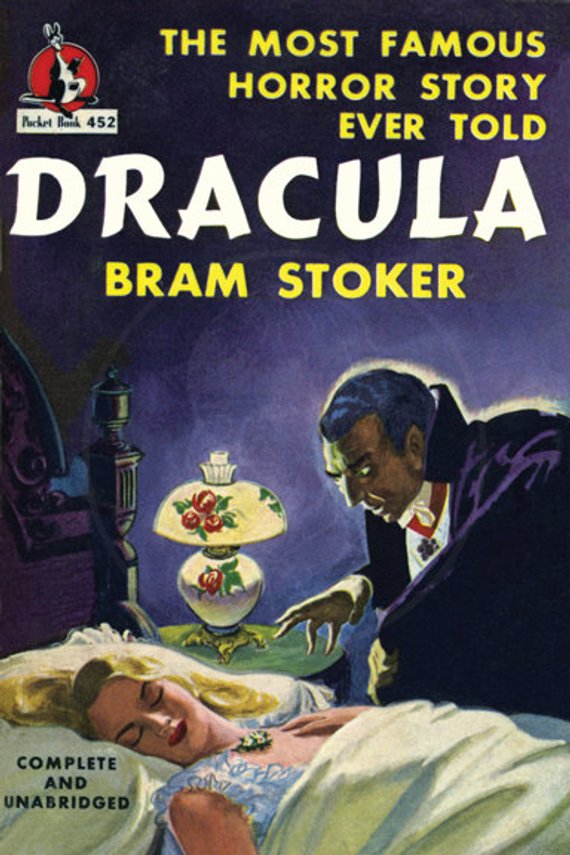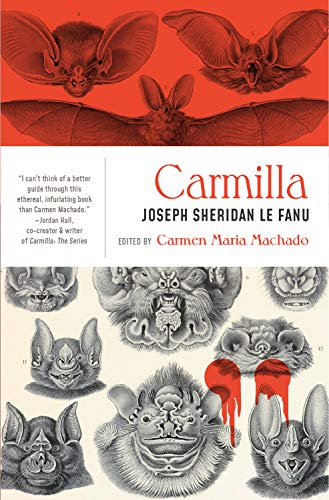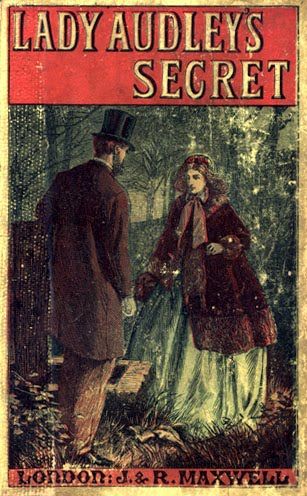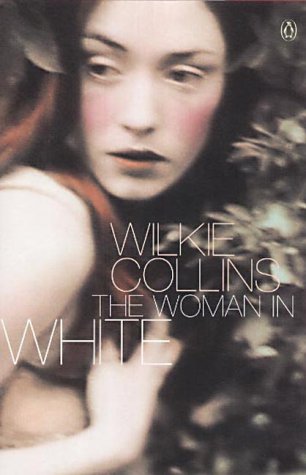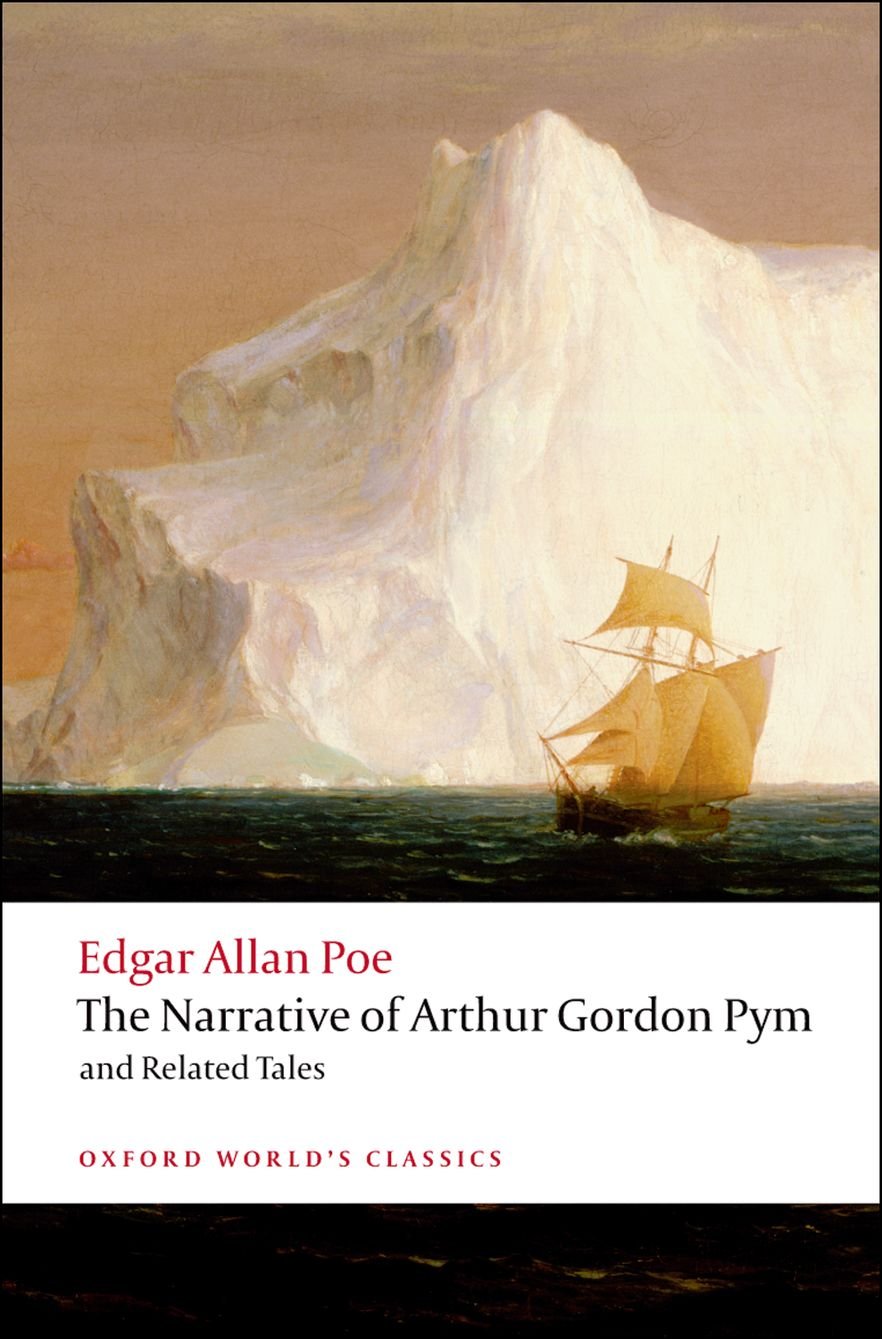
Poe is known for short stories and poetry, but fans who haven’t read his only novel are missing out. These two-hundred pages encapsulate all there is to love about Poe. That includes chapters with alive burials, unforgettable gore, relentless anxiety and all manner of physical torture. The body count is high and the deaths are brutal. Yes, please!
The premise is that Arthur Pym and his companion are young daydreamers with fantasies of going on adventures in the open ocean. Unfortunately, Pym’s family forbids such folly. So the friend helps him stow away on a voyage. Once sufficiently out at sea, and thus too far to turn back, Pym expects to reveal his presence and enjoy the ride. This plan soon goes awry, however, with one ghastly event leading to the next until it seems unimaginable anything worse can happen. That’s exactly when things get doubly and triply worse.
Read more “Edgar Allan Poe – The Narrative of Arthur Gordon Pym & Related Tales (1838)”
